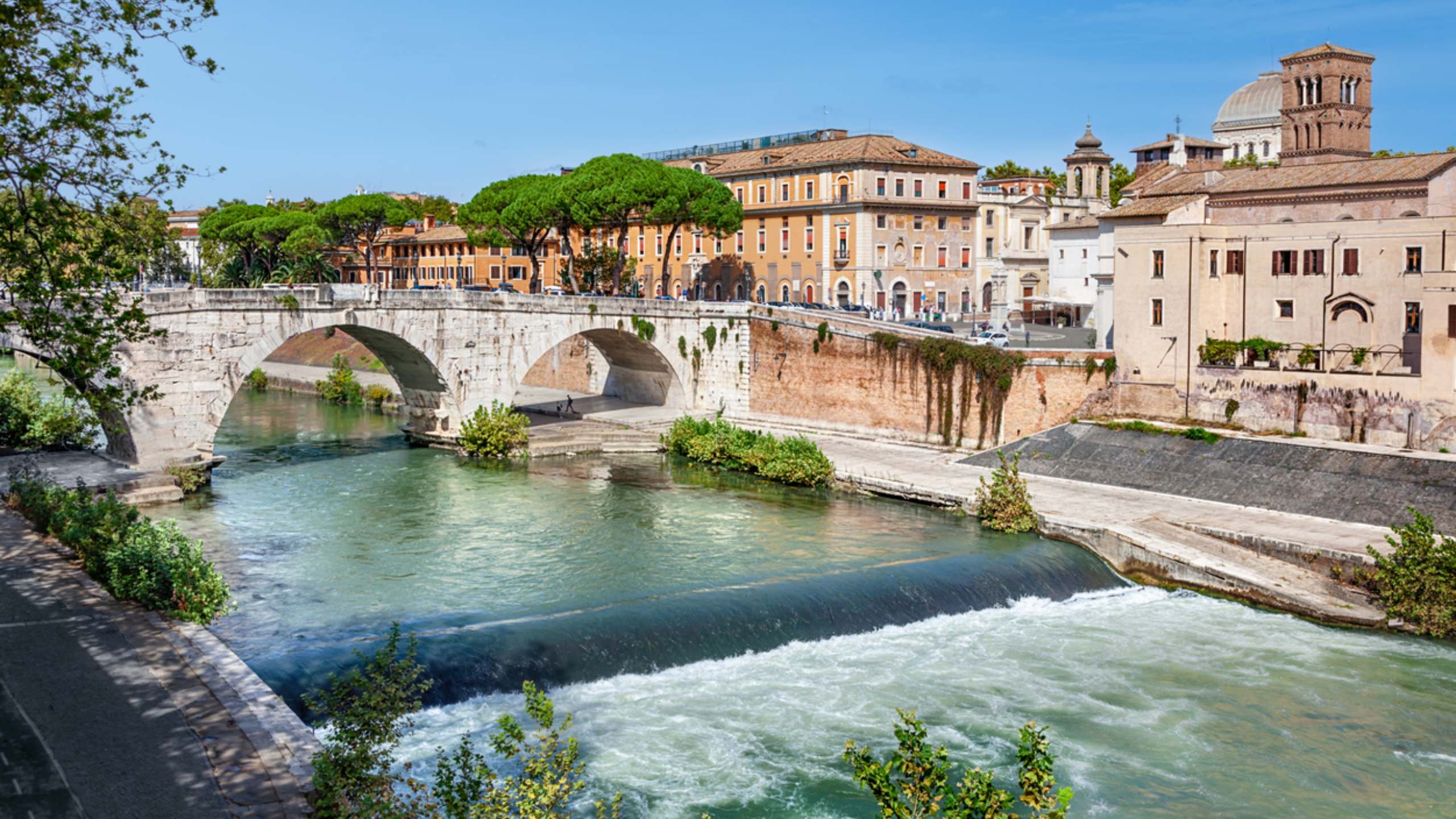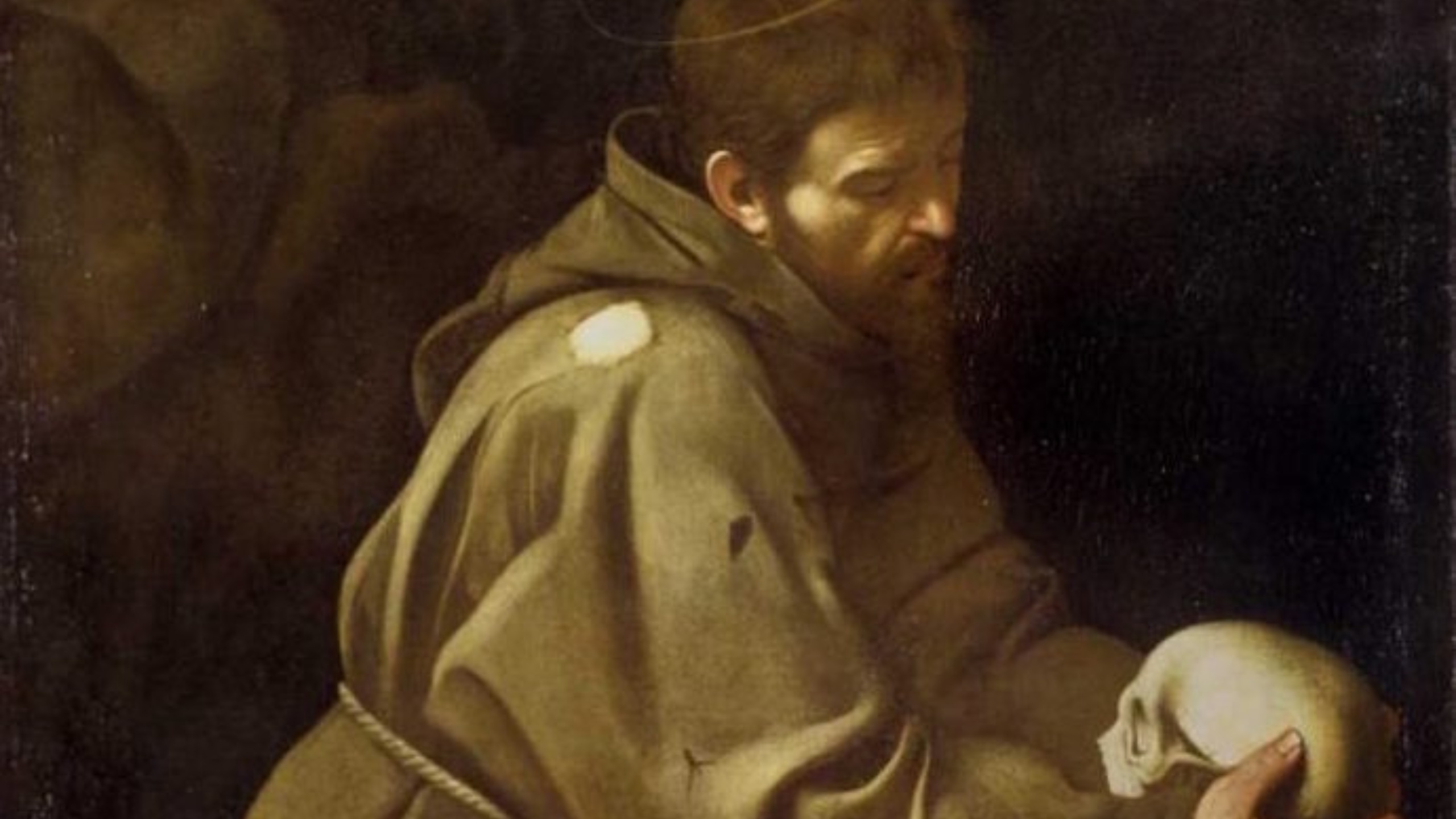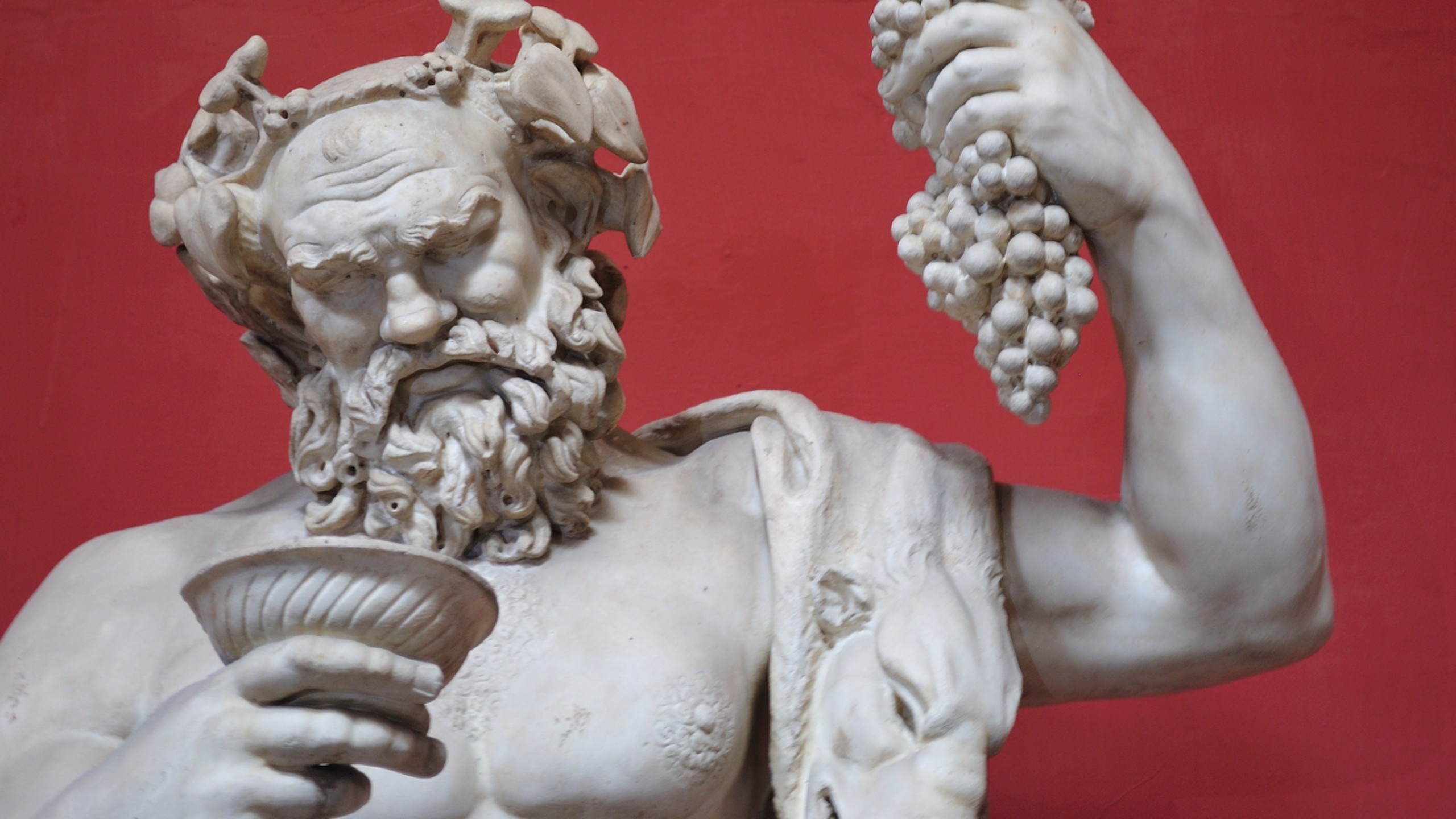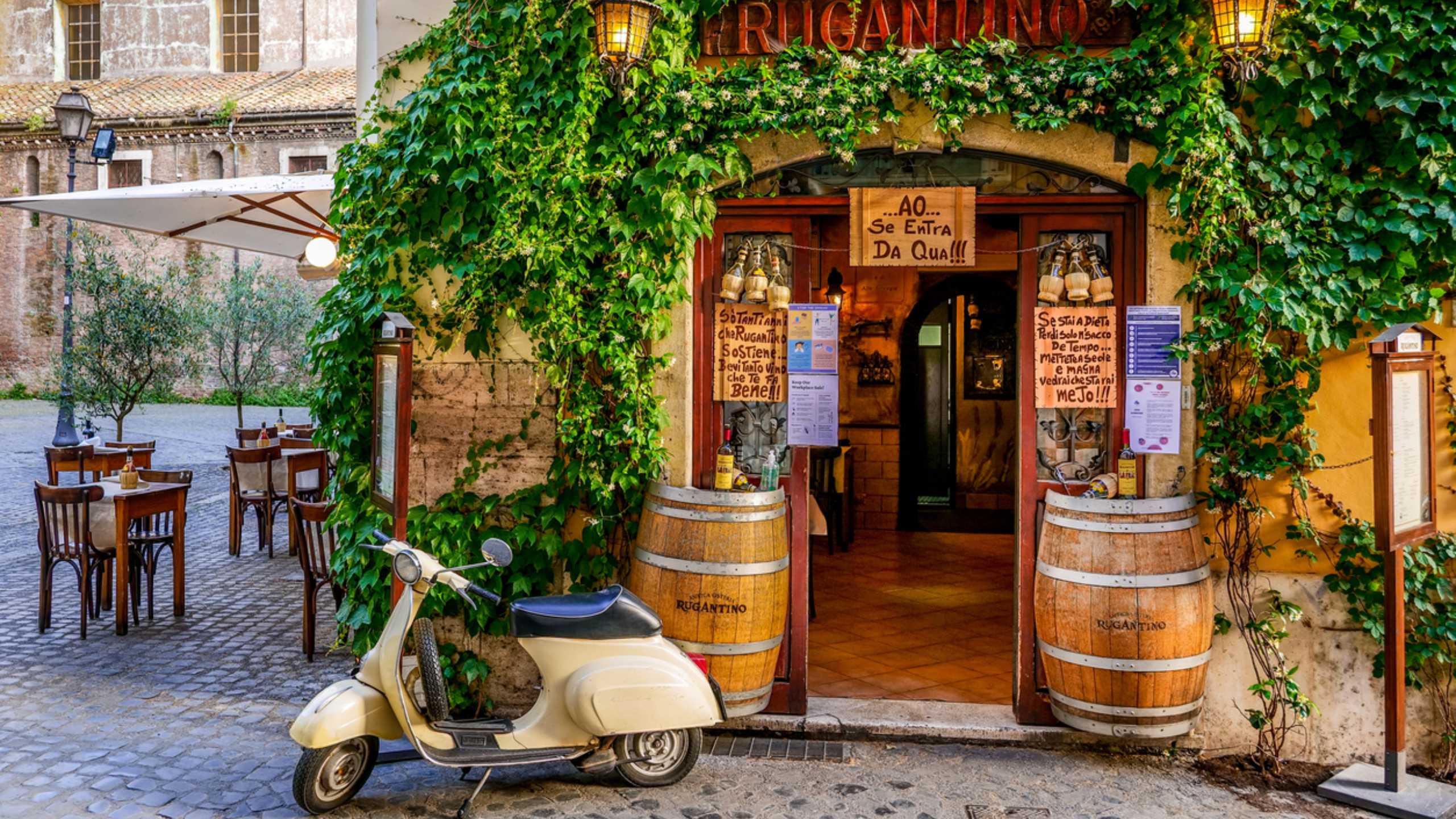Museum of Rome - Palazzo Braschi: some historical notes
It happens often and willingly to hear about the Museum of Rome, yet few know perfectly well where it is. The Museum in question is located in Piazza di S. Pantaleo, at number 10, right inside Palazzo Braschi. It is an imposing building which is located, in turn, in the Parione district of Rome, more precisely near Corso Vittorio Emanuele, more or less close to the Barracco Museum. Following the profile of Eitch Borromini, the Museum is located in the most "distant" part of Piazza Navona.
Among the main features of this museum we certainly find the fact that it is divided into fifteen rooms, which are located on the second floor of the building in question, and five other rooms, which are located on the third floor of the structure. It should be emphasized that the Museum can also count on other rooms: it is, specifically, a library, a space dedicated to a wonderful exhibition of vintage carriages and other areas that are appointed to house the various offices of the museum itself.
Let's discover Palazzo Braschi
Since 1952 this building has housed the Museum of Rome, yet its history goes back much further in time. In fact, it was the year 1435 when, on the direct decision of the prefect of Rome, or Francesco Orsini, the building saw the light. Not surprisingly, it was renamed Palazzo Orsini, taking its name, as you can easily guess, from the same prefect just appointed. At that time, the primary entrance of the structure was located in Piazza Navona.
At the beginning of the following century, Cardinal Oliviero Carafa ordered the construction of a second building, while fifteen years later, in 1516, a tower was erected, designed by Antonio da Sangallo the Younger.
Why does history necessarily have to start from Palazzo Orsini? Simply because of the fact that Palazzo Braschi was built from the rubble of the first, which was demolished in 1791 at the behest of Pope Pius VI, on a project commissioned by Prince Luigi Braschi-Onesti. The new structure was completed thanks to the wise direction of the architect Cosimo Morelli. The works ended in 1804 and the building has the typical style of papal nepotism, undoubtedly representing one of the last historical testimonies.
The museum entrance is less than two minutes from our reception.







